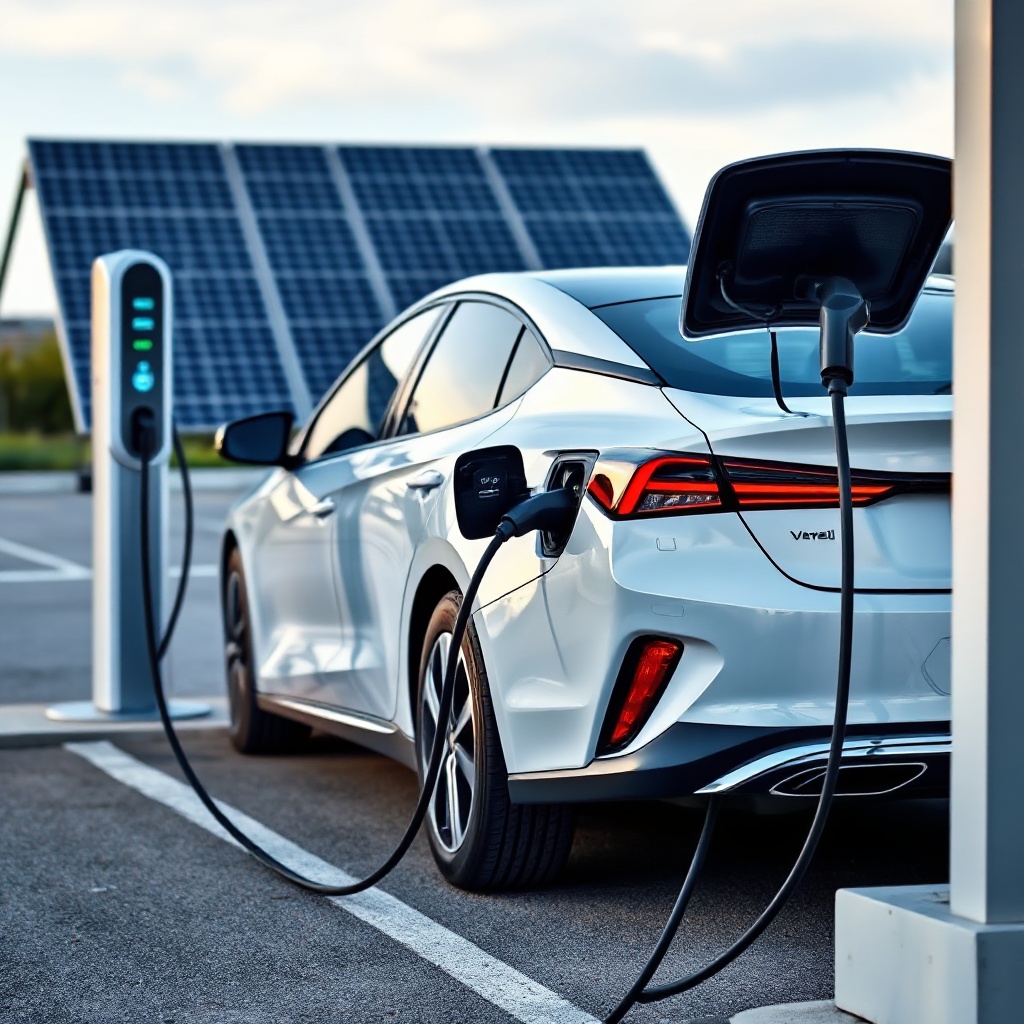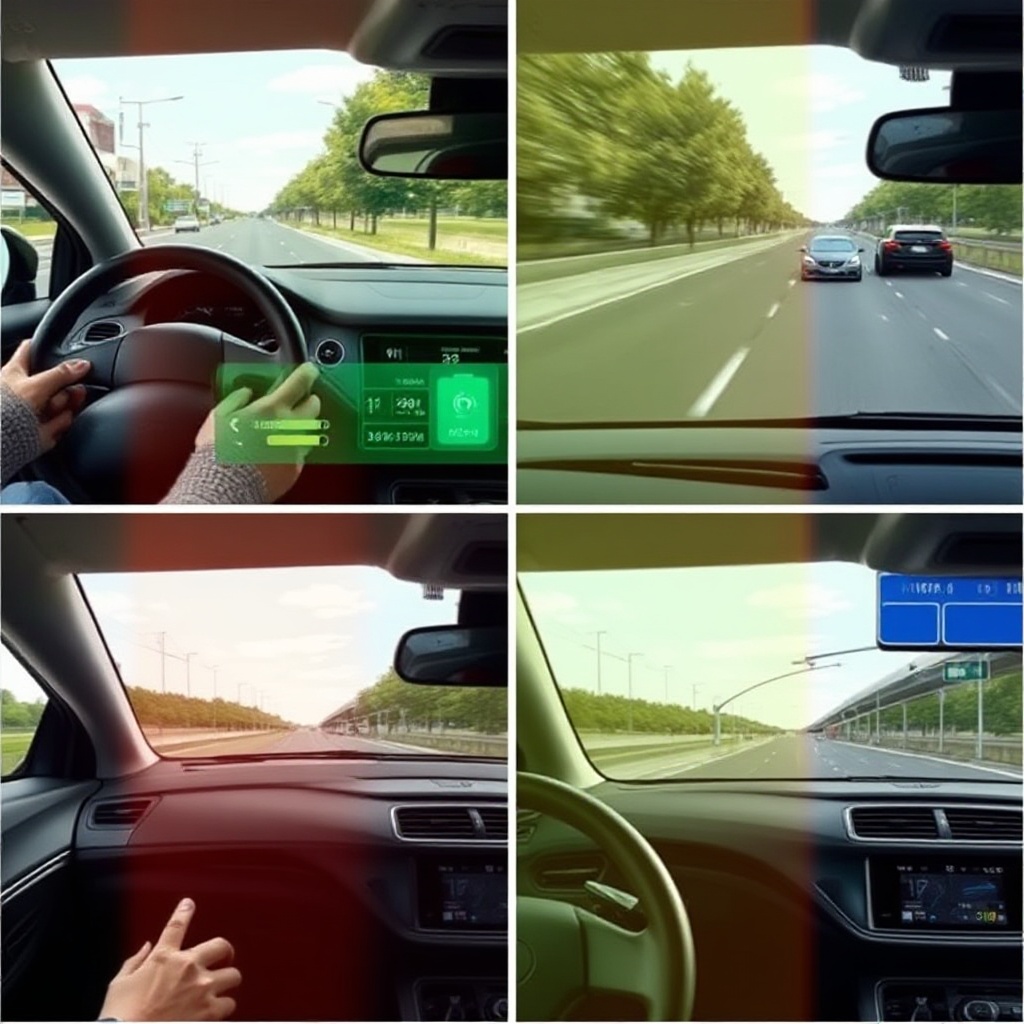
Explore how PHEVs deliver 30% emissions reduction compared to gasoline vehicles, but effectiveness depends on charging habits and local grid mix.

Drivetech Partners
Plug-in hybrid electric vehicles (PHEVs) represent a transitional technology in the automotive landscape, combining traditional internal combustion engines with battery-powered electric motors that can be recharged from the grid. The environmental impact of these vehicles varies dramatically based on how they're driven, where they're charged, and what energy sources power the grid—creating a complex picture that often contradicts the optimistic claims of manufacturers and regulators.
Key takeaways
PHEVs reduce lifecycle emissions by approximately 30% compared to conventional gasoline vehicles, but fall short of the 73-78% reduction offered by fully electric vehicles
Driver behavior significantly impacts environmental benefits—PHEVs deliver maximum climate advantages only when frequently charged and primarily used for short trips
The carbon intensity of the local electricity grid directly determines how clean PHEV operation truly is
Official laboratory ratings consistently overstate real-world benefits by assuming optimal charging patterns rarely seen in practice
PHEVs can serve as an effective transition technology while charging infrastructure develops, particularly in regions with limited charging networks

The Emissions Gap: How PHEVs Compare to Other Vehicle Types
When examining the environmental impact of different vehicle types, the numbers tell a compelling story. Plug-in hybrids reduce lifecycle greenhouse gas emissions by approximately 30% compared to conventional gasoline cars (163 g CO₂e/km vs. 235 g CO₂e/km). This places them ahead of standard hybrids (HEVs), which achieve about a 20% emissions reduction with 188 g CO₂e/km.
However, battery electric vehicles (BEVs) significantly outperform both options. BEVs offer the largest reduction at 73-78%, producing just 63 g CO₂e/km using the EU grid mix or an even more impressive 52 g CO₂e/km when powered by renewable energy sources. This stark difference highlights the efficiency advantages of fully electric drivetrains.
It's worth noting that BEVs start with a carbon disadvantage—they have approximately 40% higher production emissions than gasoline cars due to battery manufacturing. However, this "carbon debt" is typically offset after about 17,000 kilometers of driving as their operational efficiency takes over. Even in less-than-ideal circumstances, PHEVs still cut emissions by 33-50% compared to conventional vehicles, making them a meaningful step forward in transportation decarbonization.

The Human Factor: How Driving Habits Determine PHEV Benefits
The environmental benefits of plug-in hybrids aren't guaranteed—they depend heavily on how people actually use these vehicles. Maximum emission reductions occur when PHEVs are used primarily for short daily trips with frequent charging at home or work. Under these conditions, they operate mostly in electric mode, minimizing fossil fuel consumption.
Unfortunately, real-world usage often falls short of this ideal. Longer trips, infrequent charging, or primarily using the gasoline engine can significantly diminish environmental benefits. Many consumers treat their PHEVs like conventional cars when charging is inconvenient or infrastructure is lacking, essentially turning an eco-friendly vehicle into a heavier, more complex gasoline car.
Official laboratory test ratings often overstate benefits by assuming optimal charging patterns that rarely match real-world usage. These tests typically presume the vehicle begins with a fully charged battery and operates in ideal conditions—assumptions that don't hold up in daily driving. In extreme cases, such as very short drives with minimal charging on coal-powered grids, a PHEV could potentially have higher emissions than a conventional vehicle due to its additional weight and complexity.

The Power Source Equation: Grid Mix and Charging Infrastructure
The carbon intensity of the local electricity grid directly determines the climate benefits of both PHEVs and BEVs. Low-carbon grids with high renewable or nuclear energy penetration maximize emission reductions during electric driving. Conversely, coal-heavy grids diminish these benefits, though internal combustion engine vehicles still typically produce higher emissions overall.
European electricity generation is rapidly decarbonizing, with renewable energy expected to cover 56% of generation by 2025 and 86% by 2045. This ongoing transition will continuously improve the environmental case for electric vehicles, including PHEVs, as the grid gets cleaner.
Charging infrastructure availability significantly impacts whether PHEVs are used in electric mode. Without convenient access to charging stations, owners are more likely to rely on gasoline power, negating much of the potential environmental benefit. Policy investments in public charging networks are therefore essential for maximizing PHEV climate benefits and encouraging electric driving.
The Battery Burden: Manufacturing Impacts and Material Concerns
Battery production represents a significant portion of PHEV and BEV lifecycle emissions. While PHEVs use smaller batteries than BEVs, reducing their initial materials footprint and manufacturing emissions, the environmental cost of battery production remains substantial and often overlooked.
The mining of battery materials like lithium, nickel, and cobalt causes deforestation, water resource issues, and local pollution. For example, lithium mining consumes 65% of water use in Chile's Salar de Atacama, creating significant ecological pressure in an already arid region. By 2030, over 90% of global lithium demand will be for EV batteries, intensifying these extraction impacts.

Recycling rates remain disappointingly low, with only 5-10% of lithium-ion batteries currently recycled globally. This creates a looming waste management challenge as the first generation of electric vehicles reaches end-of-life. Air quality concerns and hazardous workplace exposures during battery manufacturing and recycling also require careful mitigation strategies to ensure that the shift to electrified transport doesn't simply trade one set of environmental problems for another.
Reality Check: Lab Ratings vs. Real-World Performance
Official fuel economy and emissions ratings for PHEVs consistently overstate their benefits. Test cycles use unrealistically optimistic assumptions about charging frequency and electric-mode usage that rarely match how people actually drive these vehicles. Real-world lifecycle studies show hybrids and PHEVs deliver significantly less emission savings than lab tests suggest.
This disconnect between test results and reality creates several problems. First, it misleads consumers who may purchase PHEVs believing they achieve better environmental performance than they actually deliver in practice. Second, it complicates policy efforts to reduce transportation emissions by creating an overly rosy picture of progress. Finally, it can distort market incentives by rewarding vehicles that look good on paper rather than those that deliver actual environmental benefits.
There's a clear need for better real-world data collection and reporting to assess actual environmental impacts. More realistic test procedures that better reflect typical usage patterns would provide consumers and policymakers with more accurate information about the true climate impact of plug-in hybrids.
Policy Implications: Incentivizing Genuine Climate Benefits
Current policies often incentivize PHEV purchases without considering how these vehicles are actually used. This approach may unintentionally reward vehicles that are rarely charged, providing minimal environmental benefit while still qualifying for green vehicle incentives. More effective policies would focus on real-world emissions data rather than laboratory test cycles.
Charging infrastructure investment critically determines whether PHEVs deliver environmental benefits. Without adequate charging options, PHEVs will primarily run on gasoline, undermining their climate advantages. Consumer education about optimal PHEV usage patterns is also essential to maximize emission reductions and ensure buyers understand how to get the most environmental benefit from their vehicles.
There are potential rebound effects if drivers use PHEVs primarily as gasoline cars while benefiting from green vehicle incentives. This highlights the need for performance-based policy approaches that reward actual emissions reductions rather than technology adoption alone. Usage-based incentives rather than purchase incentives could better align with actual environmental performance, encouraging drivers to maximize electric operation.
As grid electricity continues to decarbonize, policy design should encourage the transition to BEVs, which offer greater potential for deep emissions cuts. However, this transition should be managed carefully to ensure it happens at an appropriate pace for infrastructure development and consumer adoption.
The Optimal Role: When PHEVs Make Environmental Sense
PHEVs offer the greatest benefits for drivers with specific usage patterns: short regular commutes with reliable charging access. Under these conditions, they can operate primarily on electricity while still providing the flexibility of gasoline for occasional longer trips. PHEVs can serve as effective transition technology while charging infrastructure develops and grids decarbonize.
In regions with renewable electricity and developed charging networks, BEVs generally offer superior environmental performance. However, PHEVs remain advantageous where charging infrastructure is limited, electricity is carbon-intensive, or long-distance travel is frequent. This suggests that policy frameworks should recognize that one vehicle technology doesn't fit all situations.
Targeted incentives based on regional grid mix and infrastructure availability could optimize overall transportation emissions reduction. This more nuanced approach would direct BEV adoption toward regions where they deliver the greatest benefit while supporting PHEV use where appropriate. The goal should be maximizing real-world emissions reductions rather than favoring any particular technology.
Looking Ahead: Future of PHEVs in a Decarbonizing World
PHEV market share projections vary widely by region, with Europe leading adoption. However, as charging infrastructure expands and renewable electricity grows, BEVs' advantage increases. This suggests PHEVs may have a limited window of relevance as a transitional technology before fully electric vehicles become the clearly superior option in most situations.
Battery technology improvements will reduce manufacturing impacts and increase electric range, improving the environmental case for both PHEVs and BEVs. Second-life applications for batteries, such as grid storage, can improve lifecycle sustainability by extending the useful life of these energy storage systems before recycling.
Future policy will likely shift from technology-neutral to performance-based approaches that reward actual emissions reductions rather than specific vehicle types. Key metrics to watch include battery recycling rates (currently just 5%, with significant growth potential), renewable electricity penetration (56% by 2025, 86% by 2045 in EU), and charging infrastructure growth.
PHEVs' role may evolve from mainstream option to specialized solution for specific use cases as the automotive landscape continues to electrify. Their ultimate environmental legacy will depend on how effectively they serve as a bridge technology while supporting—rather than delaying—the broader transition to fully electric mobility.






